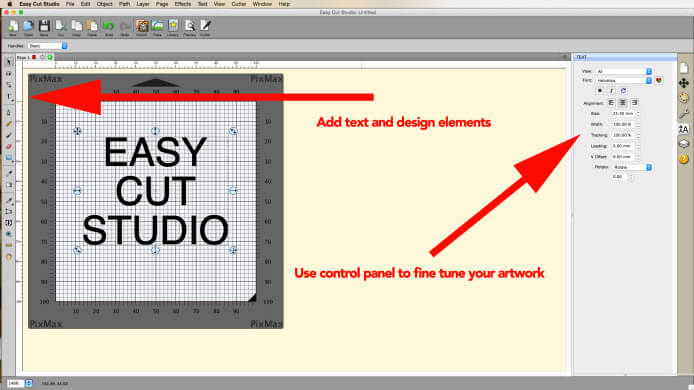

In any case, if the skeleton is clean then the length of the skeletal components will be the length of the fiber.

Heck, if they are straight enough then you should drop the skeletonization and just use a curve fitting method. Are they realatively straight or curvy? If they are straight enough then you can just use least squares fitting to fit a line to the data. If they are branching you may still be able to approximate them with a spline curve. Are your fibers singular or branching? If they are singular then they are easily approximated by a spline curve. If your 'skeleton' is fuzzy or has a lot of branches then you are not done pruning/thinning your skeleton. The skeleton/centerline/medial axis/etc only needs to be a single, clean line. Both the B&W and Color SVG conversions are free. It traces the raster image into paths and outputs svg file.

Are you using clumps of fibers or identifiable single fibers? If you can easily identify the individual fibers then the problem that you are facing is an easy one. is a free online raster to svg converter that instantly converts photos and images to vector SVG format. However I noticed that when I'd want to merge these Balloon Layers with regular vector layers.
Convert raster to vector clip studio how to#
I've been trying to learn how to work with vector layers, and with the help of a guide I've learned how to color in vector linework with the use of a custom vector balloon tool to work as a fill tool. You are probably way over sampling, so to speak. Converting Colored Raster layers to Vector Layers.


 0 kommentar(er)
0 kommentar(er)
